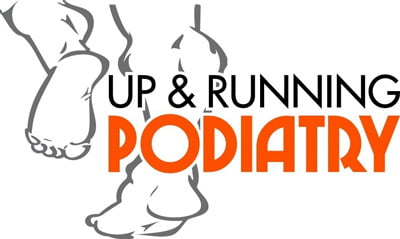Ingrown Toenails
The medical term for an ingrown toenail is onychocryptosis. Ingrown toenails occur when the side or corner of the nail grows into the skin at the side of the toe. This is most common at the big toe, however can occur on any toe.
Symptoms
Pain at the nail edge in response to light pressure may indicate an ingrown toenail. Pressure from bed covers may cause pain at night and make getting to sleep difficult.
Causes
Ingrown toe nails arise from abnormal nail growth, poor cutting technique, or direct trauma to the nail.
They may sometimes occur after complete loss of a toenail if growth of the new nail is affected.
Ingrown Toenail Treatment
Conservative podiatry treatment involves gently removing the ingrown piece of nail (or ‘nail spike’) with nail clippers. Antibiotics may be required if the toe is infected.
For painful nails local anaesthetic may be used to numb the toe before the nail edge is cleared. If the ingrown piece continues to grow back your podiatrist may recommend a surgical procedure call a ‘partial nail avulsion’. This allows the ingrown edge to be permanently removed and is performed in the podiatry treatment room.
Ingrown Toe Nail Surgery
Conservative treatment starts with the removal and filing of the offending nail edge. This will provide immediate relief by removing pressure from the adjacent skin.
More recalcitrant ingrown nails may require permanent removal via a basic surgical procedure. The problematic nail edge is resected under local anaesthetic, then a medicinal chemical is used to cauterize the growth area. This is a “walk in, walk out” procedure with guarantee of a permanently pain free toe.
ingrown toenail treatment Melbourne
At Up & Running Podiatry, we specialise in providing effective ingrown toenail treatment in Melbourne. Our experienced podiatrists use advanced techniques to offer quick relief and long-term solutions for ingrown toenails. Book an appointment today to experience professional care tailored to your needs.
